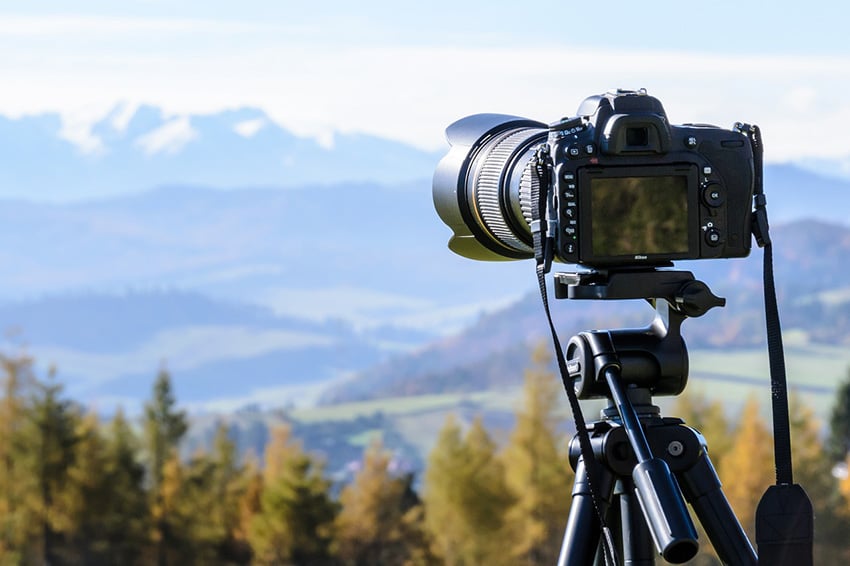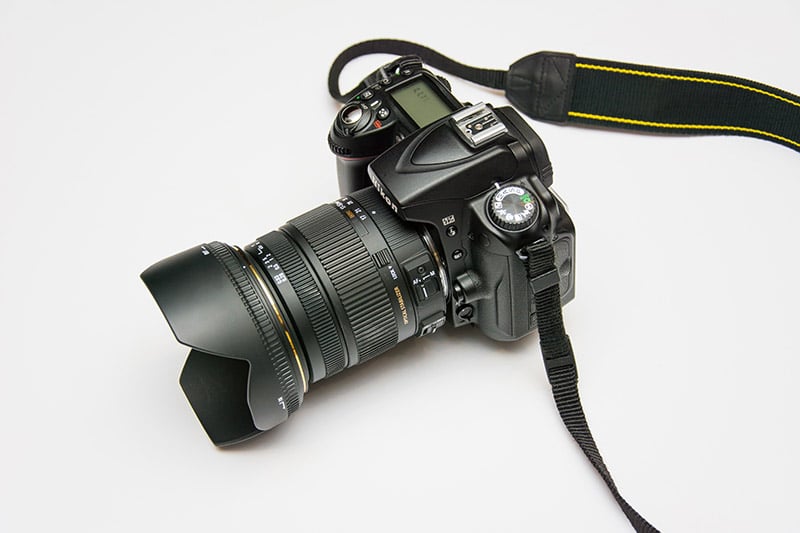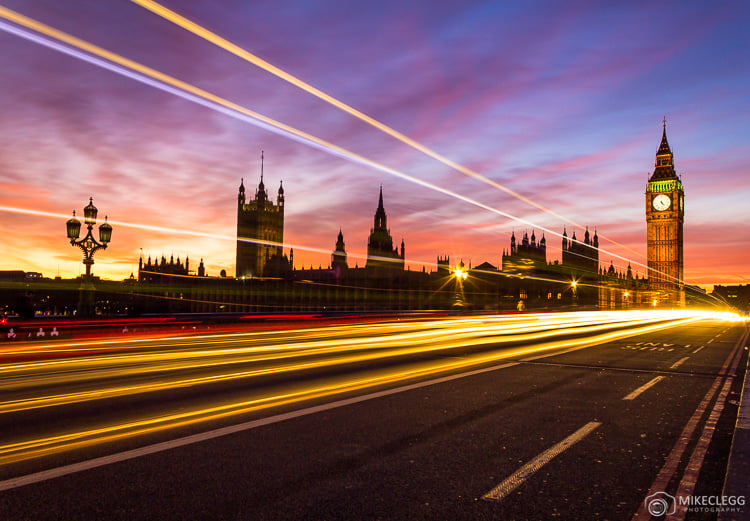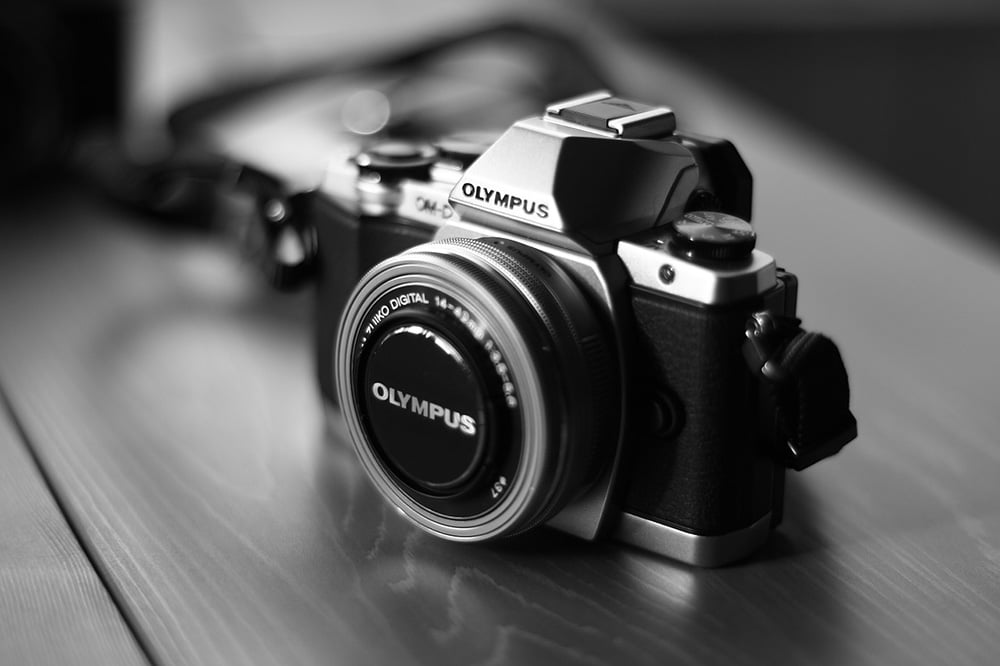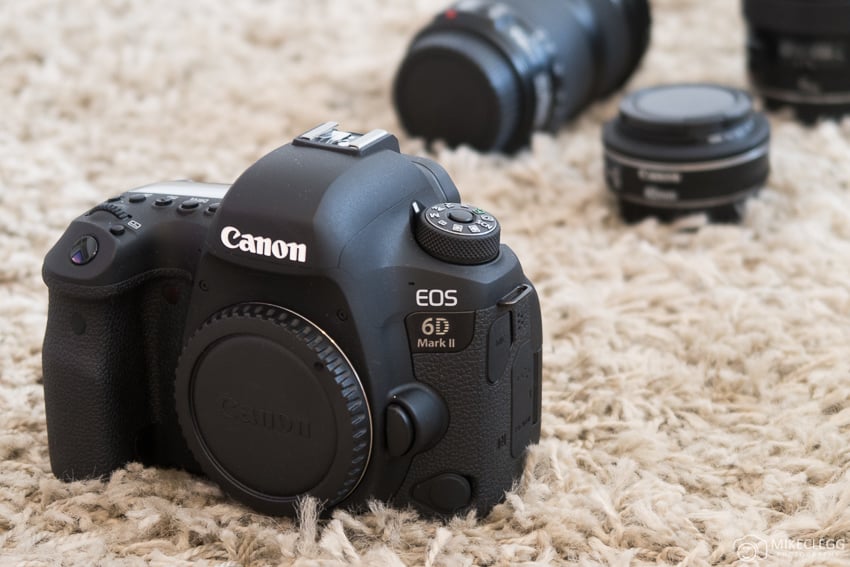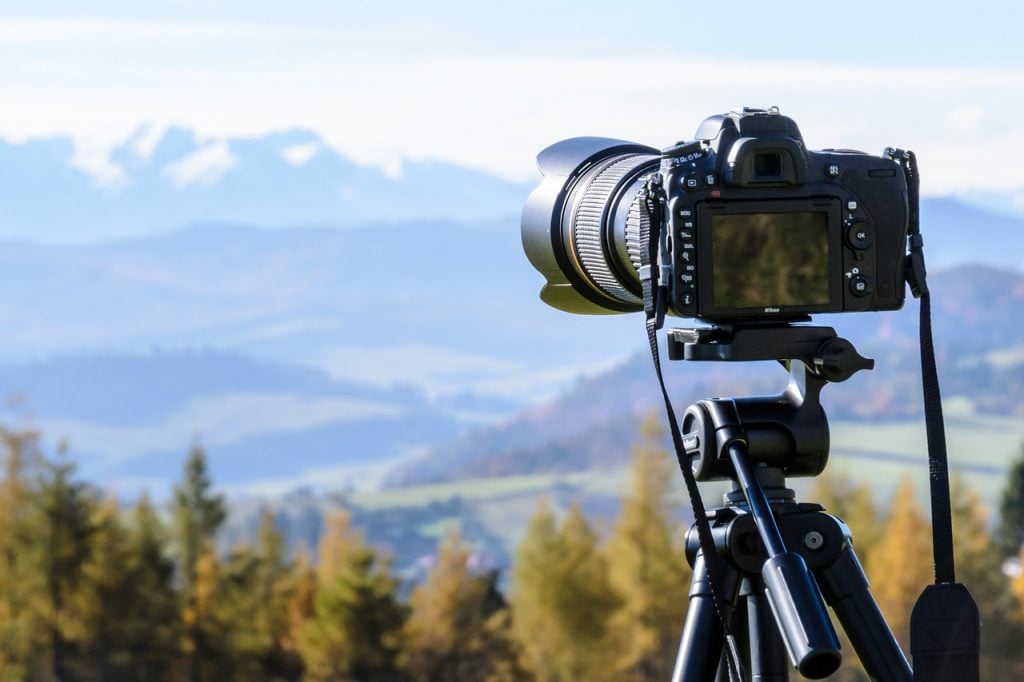Are you trying to decide which camera you want to buy? When buying a camera for travel photography you’ll likely come to the decision of whether to buy a Compact or a DSLR. Here are some of the pros and cons of DSLR and Compact Cameras for travellers to help you decide what you need.
DSLR cameras
A DSLR is a large camera that in the past you’d only see professional photographers using. Nowadays they have become much more affordable and you’ll often see photographers of all levels with one. There are tons of DSLR options available, such as entry-level and mid-range, through to the most advanced, technical and weather resistant models. The model I use for all my travel photography is a Canon EOS 6D, but I will soon be using the new Canon 6D Mark II for my travels.
– Pros –
Here are some of the pros of using a DSLR camera for travel photography.
Interchangeable lenses
A big benefit of a DSLR is that you can change the lenses. This means that you can use different camera lenses for various scenarios. Such as a wide angle lens for shooting interiors and a zoom lens for taking pictures of things far away, such as wildlife. You could also buy lenses with wide apertures which are perfect for taking photographs of people, or tilt-shift lenses to get perfect architecture shots.
Lots of settings and manual functionality
One thing I like about DSLR cameras is the number of settings and manual control you have. They can come with heaps of built-in settings meaning it’s easy to shoot in a large range of scenarios. On most DSLR cameras you will also be able to manually focus, which is important for landscape photographers and helpful when shooting at night.
Large sensors
DSLR cameras tend to have a much larger sensor than Compacts, which means they are great for capturing high-quality images. They are often especially good for low light and night photography and can come with high ISO ranges, while still keeping noise (grain) down.
It’s easy to add filters
With many DSLR cameras, you can purchase filters that go in front of the lens. There are tons of filters available such as polarizers to enhance colours and ND filters which allow longer exposure time, so as to capture smooth water or wispy clouds.
They look professional
If you are using a DSLR you will generally appear more professional and even if it’s a beginner version lots of people won’t know the difference. Using a DSLR is great for when working with brands and clients, as they will most likely have more confidence in the service you are providing.
They are fun to use
One of the main reasons I use a DSLR camera for most of my photography is because they are fun to shoot with. With all the manual functionality, adjustable lenses etc it can make photography much more enjoyable to do.
Raw image types
If you are wanting to take photographs that you will edit, then shooting raw is crucial. A raw file is basically an unprocessed image file that contains all the data that the camera could capture based on the settings used. Because of this, you can often make lots of edits to the image without degrading the image quality. Such as reducing the highlights or increasing the shadows, so there is a lot more detail.
– Cons –
Here are some of the negatives to using a DSLR camera for your travels.
Big, bulky and heavy
DSLR cameras are big, bulky and heavy, and when travelling with them they take up lots of room in your luggage. Especially if you are also taking multiple lenses and additional equipment. You will most likely want to have this expensive equipment in your hand luggage and for me it often takes up almost all the room in my little suitcase. Because of this, you will have to consider which airline you fly with, as some airlines have such a low weight allowance for your cabin luggage and you’ll quickly go over it.
As well as the flying and the travelling inconvenience, you may find that when you travel with a DSLR and lenses it may weigh you down and can be a pain to carry around.
They can be expensive
Although they are not as expensive as they used to be, a decent DSLR camera can often set you back more than a typical Compact. Luckily there are now lots of variations for all budgets.
Dust spots on the sensor
One of the most annoying things about DSLR cameras is that it’s really easy to get dust spots on your sensor. The sensor on the camera can become highly static and attract dust, so whenever you change lenses dust may get in and then get on the sensor. As a result in your final images, you may end up having small black dots on the image which you’d then need to remove in post-production/editing.
DSLR Camera Suggestions
Compact cameras
A Compact camera is a much smaller camera that is highly portable and can often fit in your pocket or handbag. They are now getting better and more advanced, which means they are a good option to capture high-quality images on your travels. They are also often referred to as “point and shoot cameras“.
– Pros –
Here are some of the pros of Compact cameras for travel photography.
Light and portable
Compact cameras are ideal to travel with as they are so small. This means they take up minimal luggage space and you can take almost anywhere with you. They are also great to just leave in your handbag or pocket, in the event that you stumble across a scene that you really want to take pictures of.
Affordable
There are now Compact cameras available for almost every budget with some for less than $100. When looking you should look at the features and reviews when deciding which model you would want.
Easy to use
Compact cameras are generally easy to use, with auto modes, as well as manual, aperture, shutter priority and scene modes. If you are not wanting to get technical then shooting in automatic may be ideal for you.
Scene modes
Quite a lot of Compact cameras come with built-in scene modes. These may be for fireworks, landscapes, night, portrait etc. Using these allow you to pick the scene and then the camera will use the best settings for that scene.
Some can take raw
Amazingly some Compact cameras can capture raw images now, such as the Canon PowerShot G7 X Mark II which is an advanced Compact. By shooting in raw you then have a lot more power in your edits to recover detail and produce the highest quality image.
– Cons –
Here are negatives of Compact cameras.
Smaller sensors
The sensors of Compacts will naturally be smaller, which means the image quality may not be as good, the low light performance is reduced and the focal range isn’t fully reflective.
No interchangeable lenses
On the majority of Compact cameras, you can’t change the lenses. This means that you will be restricted by the focal range and aperture of the pre-installed lens.
Less manual control and settings vs a DSLR
You will never get quite so many settings and manual control on a Compact camera because those cameras generally aren’t built for very technical shooting.
They don’t look as professional for brand based work
When working with businesses and brands you won’t look as professional to them if you are using a Compact camera compared to a large DSLR camera.
Compact Camera Suggestions
Other Options
Another option you could consider outside of a traditional DSLR or Compact would be to buy a mirrorless camera. These cameras are similar to DSLRs except there is no mirror and prism in the camera which would bounce the light entering through the lens up to the viewfinder. Instead, the camera uses an electronic viewfinder. Due to the reduction of the mirror and prism, this means that the camera can be made smaller, lighter and quieter.
Summary
Whether you go for a DSLR or a Compact camera will be personal preference and it really depends how much functionality you need and what you’ll be using the pictures for. If you are planning on selling your images, working with brands or clients, or printing your images at a large size, then a DSLR camera may be a good shout. However, if you just want to capture good quality images without too much hassle or technical knowledge required, then a Compact may be best.
Noticed a mistake? Let us know.
▶︎ See lots more posts on Travel Photography


